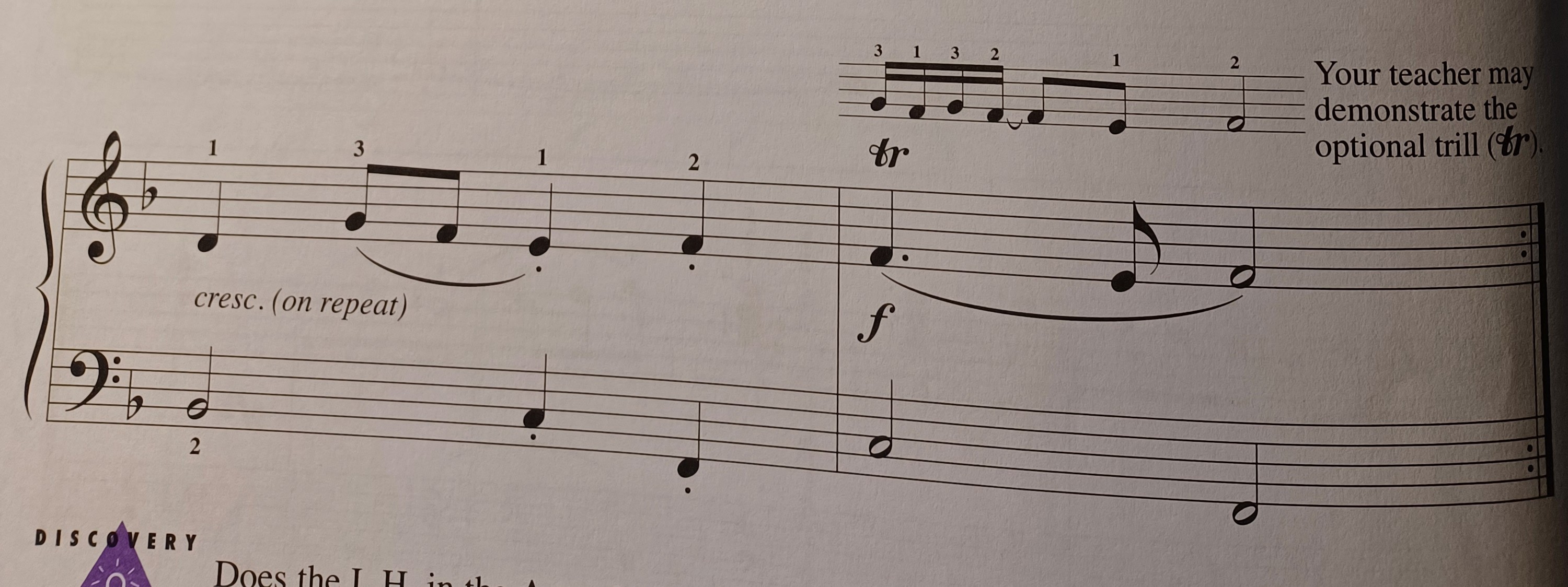This trill should begin on the G. Wikipedia has Bach's famous ornament table -- the one he used to teach his children -- along with an earlier French one in its article on ornaments in music. The only ornament in Bach's table that starts on the written pitch is the mordent. The French table has a few more, but none of them are trills.
Like you, I was somewhat surprised when I learned this. I am struggling to remember precisely when that was; probably in my mid teens, but possibly a few years later. The key to understanding how it works musically was to understand that the initiation on the upper note is akin to the appoggiatura, an extremely common figure in the baroque. While the Faber book doesn't suggest it, it would be more stylistic to perform a similar trill on the D at the end of the first phrase. Another point of style would be to linger somewhat on the first note of the trill.
(The appoggiatura is another point of surprise for people who are unfamiliar with baroque ornamentation. In this instance, if you were to play an appoggiatura instead of a trill, its duration should be as long as a quarter note:
X: 1
M: 4/4
L: 1/8
K: F
D2GFE2F2|(G2F)EF4|]
In my browser this is showing a nonsensical cached rendering; it's supposed to be a G quarter note on the downbeat followed by an F eighth note, the two connected by a slur, instead of the F dotted quarter note.)

